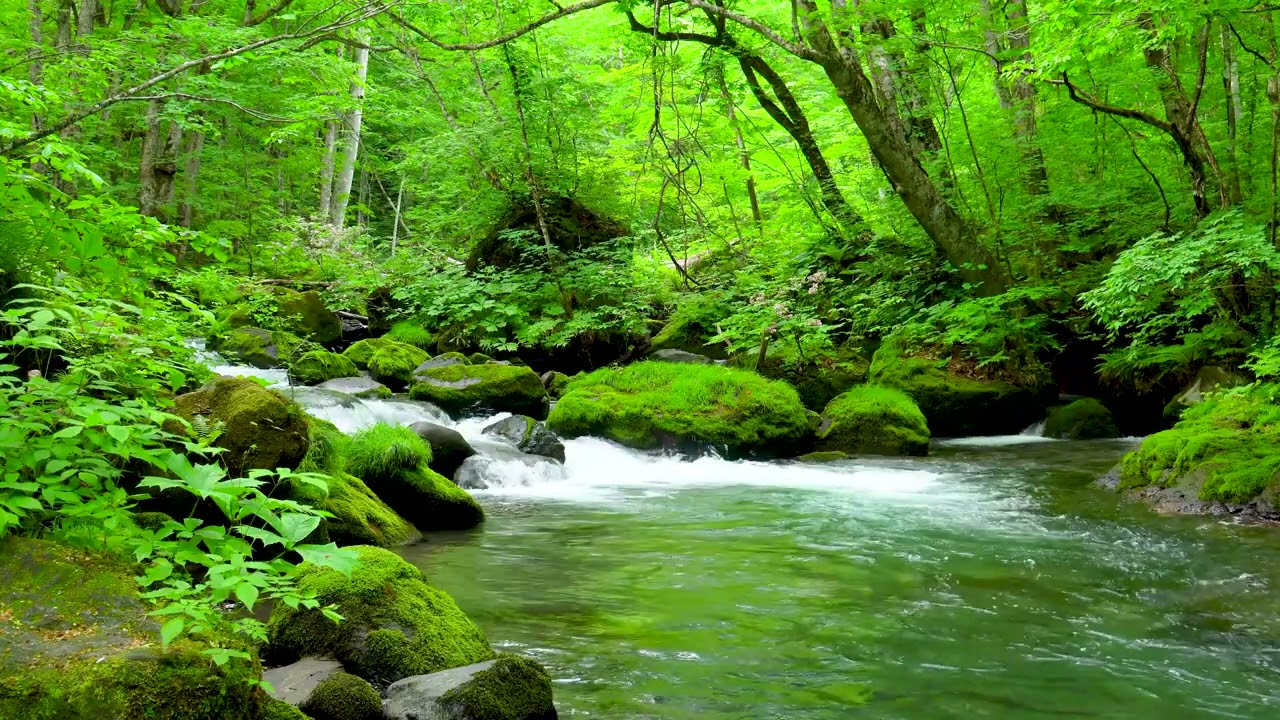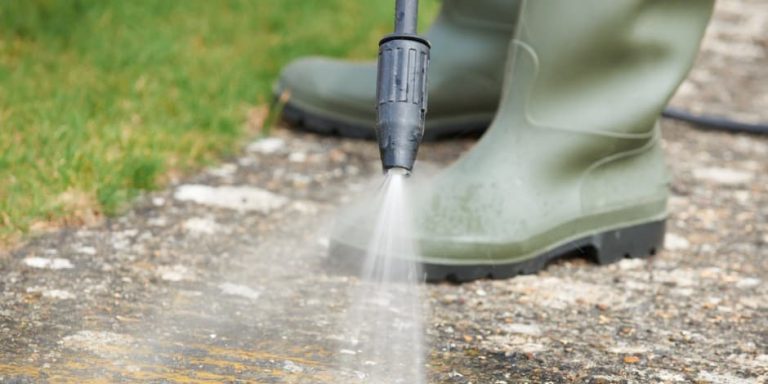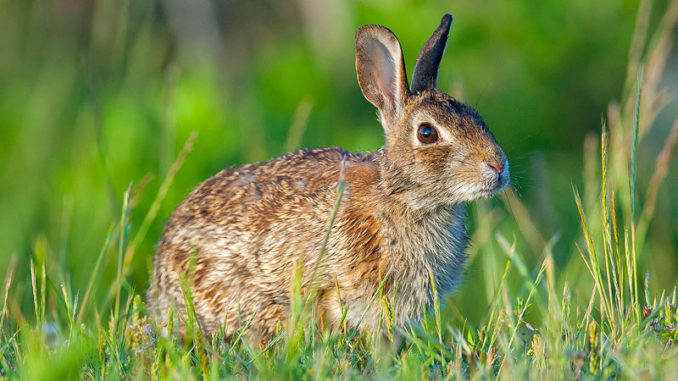
Forested areas are among the most sensitive ecosystems on the planet. Their lush plant life, nutrient-rich soil, and delicate balance of water flow make them incredibly beautiful—and incredibly fragile. While power washing might seem harmless when performed nearby, it can introduce contaminants, accelerate erosion, and alter local water chemistry, posing real threats to the surrounding environment.
Let’s take a closer look at why power washing near forested zones requires special precautions and what you can do to avoid causing unintentional harm. 🌍
🌲 Why Forest Ecosystems Are So Delicate
Forests depend on the stability of their environment to function. Their health relies on:
- Undisturbed soil layers, rich in microbial life and nutrients
- Balanced pH and water chemistry in streams and rivers
- Moisture-retaining vegetation to regulate water flow and temperature
- Minimal human disruption, as ecosystems are interconnected
Introducing high-pressure water, especially with added chemicals, can disrupt this balance in a matter of hours.
💦 What Happens When You Power Wash Nearby?
The process of pressure washing near a forest—even on adjacent properties, hiking trail infrastructure, cabins, or picnic areas—can affect the environment in several ways:
1. Chemical Runoff
Detergents, degreasers, and even natural soaps can leach into:
- Soil, disrupting microbial life and root systems
- Nearby streams or creeks, affecting fish, amphibians, and plant life
- Waterways, causing nutrient spikes and algae blooms
2. Erosion Acceleration
High-pressure water can disturb:
- Topsoil near tree roots, which hold moisture and prevent collapse
- Mulch layers that suppress weeds and retain nutrients
- Slope stability, especially on hilly or mountainous terrain
3. Sediment Pollution
Dislodged soil and debris can be carried into streams, which:
- Chokes aquatic habitats
- Blocks light for photosynthesis
- Destroys insect breeding grounds crucial for the food chain
🧪 The Impact on Streams and Wildlife
Even seemingly minor runoff can cause measurable ecological consequences. In particular, small animals and insects like:
- Frogs and salamanders 🐸
- Dragonflies and mayflies
- Crayfish and small fish
…are especially vulnerable to changes in pH, temperature, and water quality. What seems like a puddle of rinse water to us could be a lethal toxin cocktail to them.
🐾 Common Scenarios That Pose Risk
Power washing in forest-adjacent areas can come from:
- Cleaning log cabins, picnic shelters, or observation decks
- Blasting moss off walkways or trails
- Washing vehicles or equipment near the forest edge
- Rinsing camping gear, trailers, or boats near wooded campgrounds
In each of these cases, runoff has a high chance of reaching plant roots, forest soil, or nearby streams.
🚫 What Not to Do
To minimize your impact, avoid:
- Using chlorinated or ammonia-based cleaners
- Power washing on slopes, especially if not properly contained
- Letting rinse water drain toward forest floors or streambeds
- Cleaning during heavy rains, which increases spread and volume of runoff
✅ Best Practices for Eco-Safe Cleaning Near Forests
Let’s explore how to do it right:
1. Use Biodegradable, Non-Toxic Cleaners
Only use products that break down quickly and leave no harmful residue. Look for:
- EPA Safer Choice certifications
- Products with no phosphates or VOCs
Browse Amazon Here For Eco-Friendly Pressure Washing Detergents
2. Contain the Runoff
- Use portable berms or mats to collect water
- Divert rinse water into gravel areas or holding tanks
- Never allow flow into storm drains, which often lead to creeks or rivers
3. Use Lower Pressure Settings
Avoid disturbing surrounding ground with high PSI. Use soft-wash systems or scrub manually when possible.
4. Work With the Terrain
If cleaning near a slope:
- Start from the bottom and work up
- Direct water away from vegetation and tree bases
- Use absorbent barriers like mulch berms or sandbags
🔍 Case Studies and Lessons Learned
In one national park in the Pacific Northwest, volunteers cleaning a ranger station’s exterior with a pressure washer caused:
- Soil degradation around native ferns and trees
- A mini algae bloom in the stream 60 yards downhill
- Several amphibians found dead within days
The lesson? Even if you’re not deep in the woods, your water goes somewhere—and the forest feels it.
🌱 Final Thoughts
Power washing near forested areas must be approached with extreme care. While it’s possible to maintain cabins, signs, or equipment, it must be done with the knowledge that you’re operating near a sensitive, interconnected ecosystem.
When in doubt, choose gentle methods or consult an environmental professional. Because keeping things clean should never come at the cost of the natural world. 🌳💧🐾
Browse Amazon Here For Top Rated Power Washers And Accessories






